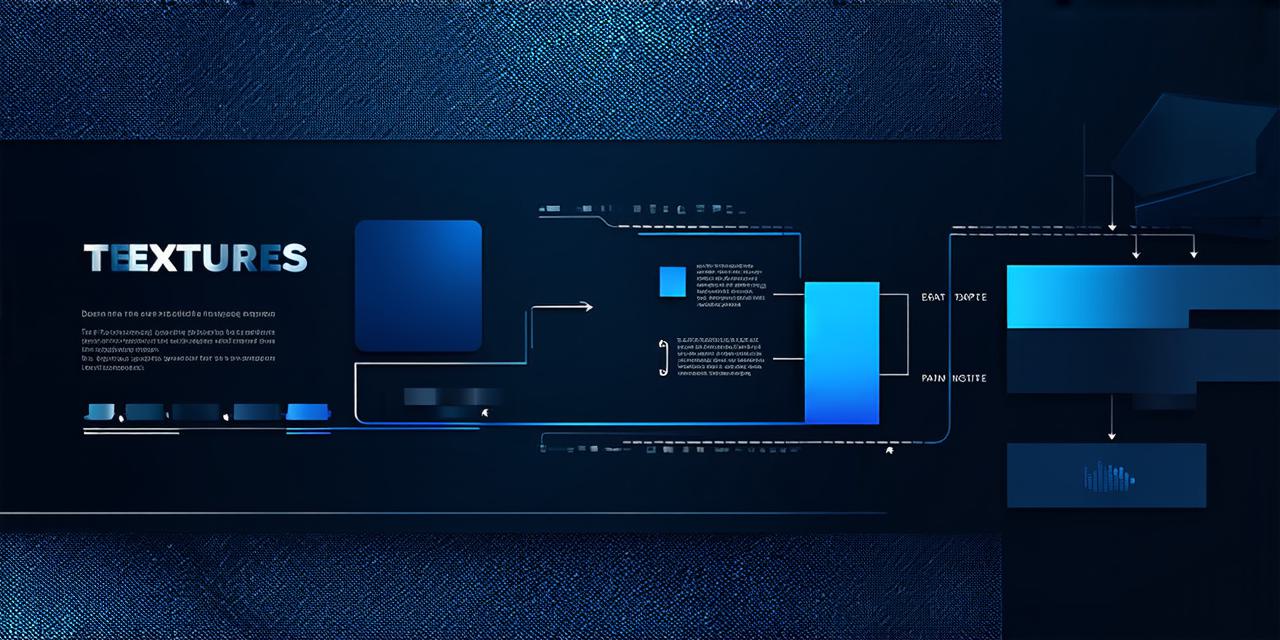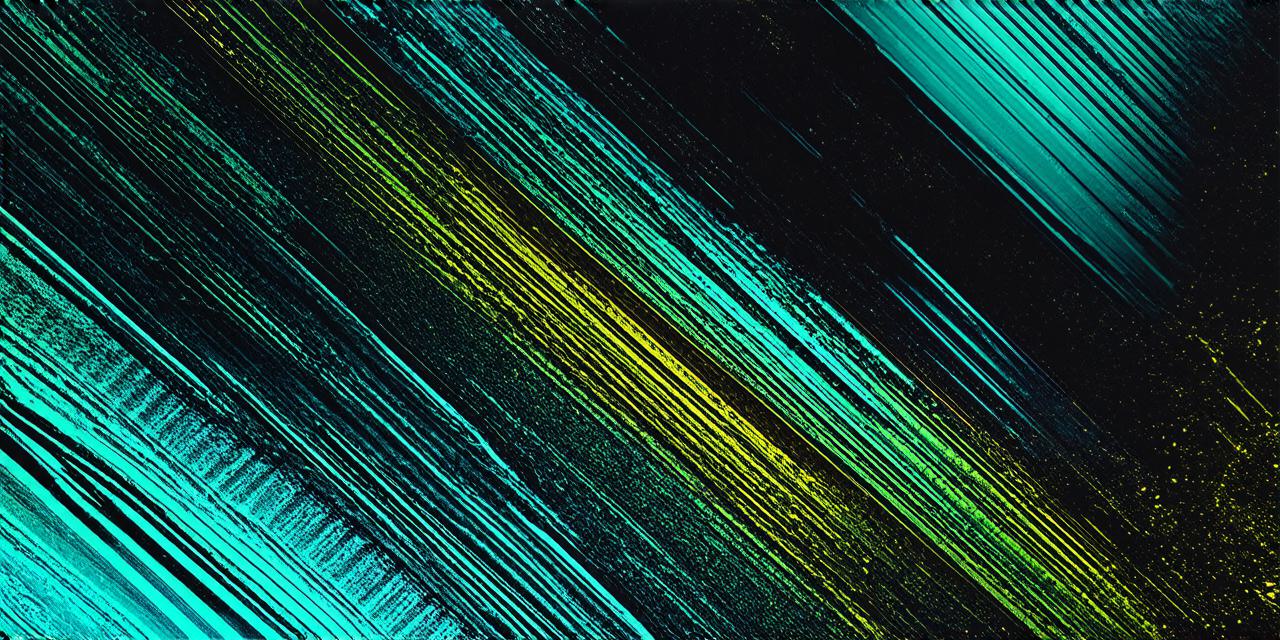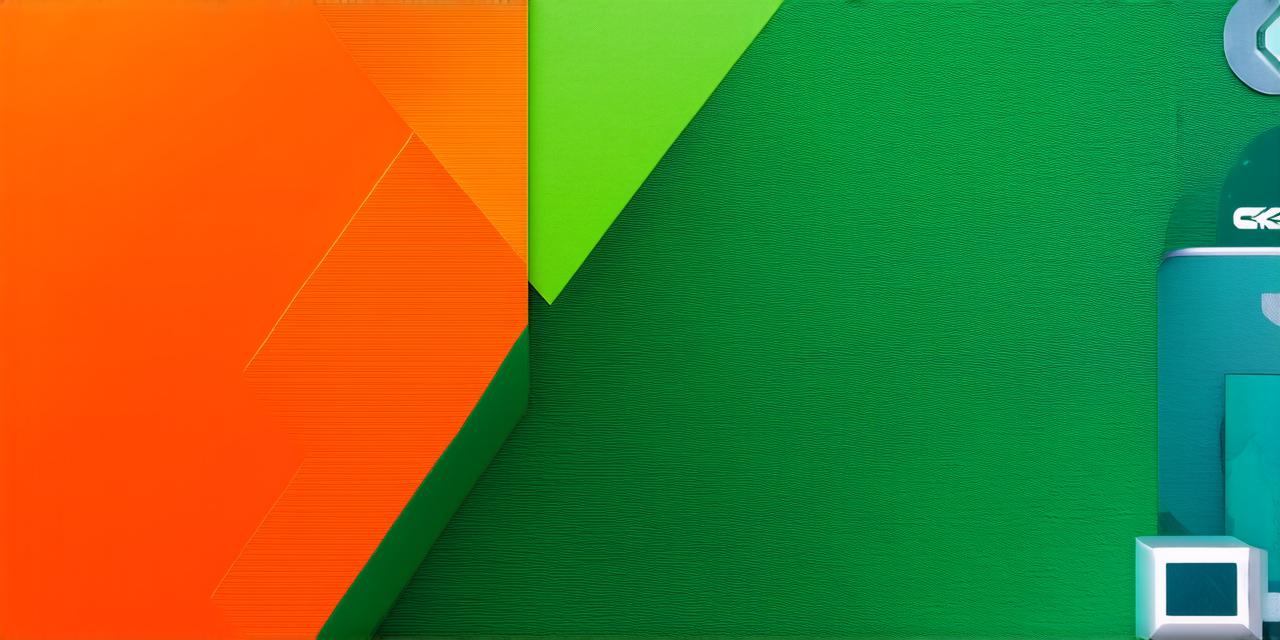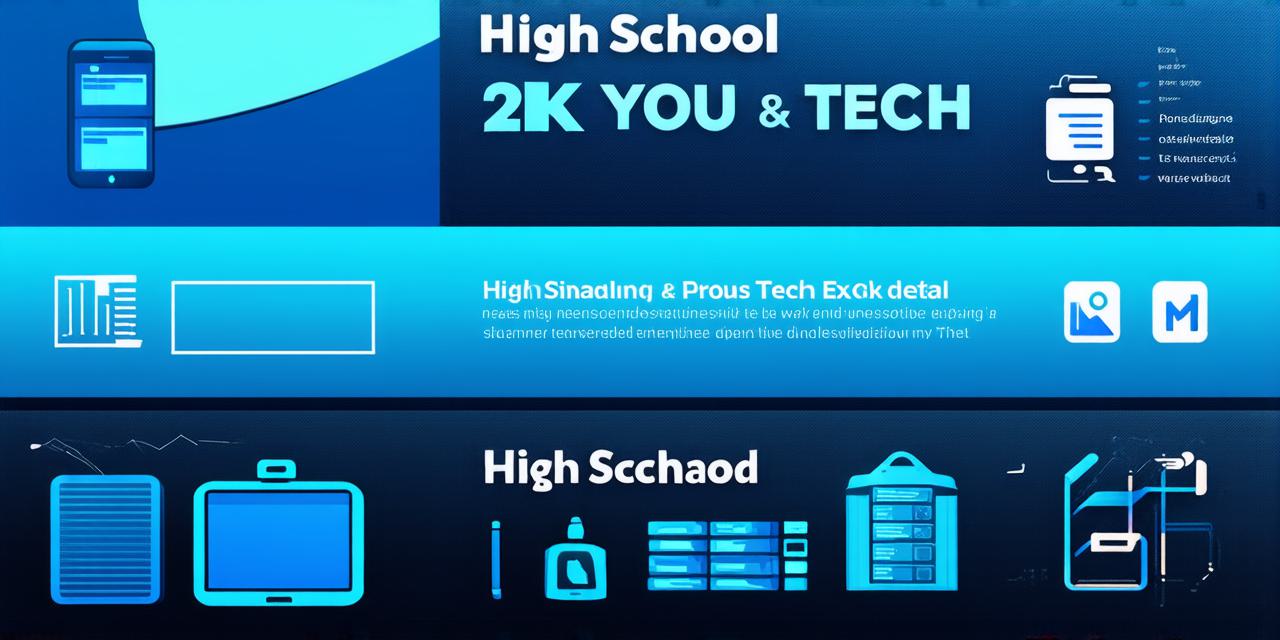Digital design engineers are responsible for creating innovative solutions that drive business growth and improve user experiences. With their expertise in technology, they can design and develop products, services, and platforms that have a significant impact on society. In this article, we will explore some of the most exciting innovations by digital design engineers and discuss how they are shaping the future of digital technology.
1. Virtual Reality (VR) and Augmented Reality (AR)
Virtual reality (VR) and augmented reality (AR) are two of the most exciting developments in digital technology. These technologies enable users to experience immersive and interactive environments that were previously impossible to create. Digital design engineers have been at the forefront of developing VR and AR applications, creating innovative solutions for gaming, education, healthcare, and more.
For example, VR is being used to train surgeons in complex procedures, allowing them to practice their skills in a safe environment without risking patient safety. AR, on the other hand, is being used in the manufacturing industry to enhance product design and visualize production processes. By using AR, engineers can see how components fit together before they are assembled, reducing errors and improving efficiency.
1. Artificial Intelligence (AI) and Machine Learning (ML)
Artificial intelligence (AI) and machine learning (ML) are rapidly changing the way we interact with technology. These technologies enable machines to learn from data and make decisions based on that information. Digital design engineers have been at the forefront of developing AI and ML applications, creating solutions for everything from natural language processing to image recognition.
One example of an AI-powered application is chatbots, which are used by businesses to provide customer support. Chatbots can handle a variety of tasks, including answering questions, providing product recommendations, and even helping customers place orders. By using AI and ML, chatbots can learn from past interactions and improve their responses over time, making them more effective at providing support.
1. Internet of Things (IoT)
The internet of things (IoT) is a network of interconnected devices that communicate with each other to create smart environments. Digital design engineers have been instrumental in developing IoT applications, creating solutions for everything from home automation to industrial automation.
One example of an IoT application is smart homes, which use sensors and automation technology to control lighting, temperature, and security systems. By using IoT, homeowners can remotely control their homes from anywhere in the world, making it easier to manage their energy usage and improve their comfort levels. In industrial settings, IoT applications are used to monitor production processes, optimize supply chains, and improve worker safety.
1. Blockchain Technology
Blockchain technology is a distributed ledger system that enables secure and transparent transactions without the need for intermediaries. Digital design engineers have been at the forefront of developing blockchain applications, creating solutions for everything from financial services to supply chain management.
One example of a blockchain application is cryptocurrency, which uses blockchain technology to enable secure and transparent financial transactions. By using blockchain, users can transact with each other without the need for intermediaries like banks or payment processors, reducing costs and increasing efficiency. In supply chain management, blockchain applications are used to track products from their point of origin to their final destination, enabling greater transparency and accountability.
1. 3D Printing
3D printing is a revolutionary technology that enables objects to be created layer by layer using a printer that deposits materials in specific patterns. Digital design engineers have been at the forefront of developing 3D printing applications, creating solutions for everything from prototyping to manufacturing.
One example of a 3D printing application is product design, where designers can create physical models of their designs quickly and easily. By using 3D printing, designers can test different materials, shapes, and sizes before committing to final production. In manufacturing, 3D printing is used to create customized parts on demand, reducing inventory costs and improving efficiency.




